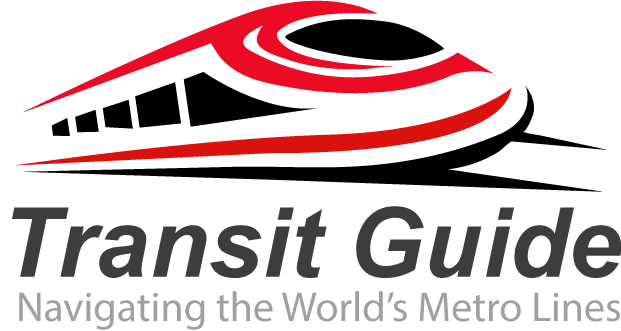The Sofia Metro serves as the backbone of public transportation in Bulgaria’s capital city, connecting millions of passengers annually across the metropolitan area. As the first and only metro system in Bulgaria, the Sofia Metro has transformed urban mobility since its inauguration in 1998.
Overview of Sofia Metro Lines
The Sofia Metro currently operates four distinct lines covering approximately 52 kilometers of track with 47 stations. The system includes:
- Line M1 (Red Line): Runs from Slivnitsa to Business Park Sofia, serving key areas including the city center and Sofia Airport
- Line M2 (Blue Line): Connects Vitosha to James Bourchier, passing through important districts and commercial zones
- Line M3 (Green Line): Links Hadzhi Dimitar to Medical University, providing access to healthcare and educational facilities
- Line M4 (Yellow Line): The newest addition, currently under construction and planned to enhance connectivity
Key Features and Modern Infrastructure
The Sofia Metro system boasts modern infrastructure with air-conditioned trains, digital information displays, and accessibility features for passengers with disabilities. Most stations feature contemporary design elements, including marble finishes and artistic installations that reflect Bulgarian culture and history.
Safety remains a top priority, with comprehensive security measures including CCTV surveillance, emergency communication systems, and regular safety inspections. The metro operates with Swiss-made trains that provide reliable, comfortable transportation throughout the network.
Operating Hours and Frequency
Sofia Metro operates daily from 5:30 AM to midnight, with trains running every 2-4 minutes during peak hours and every 4-8 minutes during off-peak times. This frequent service ensures minimal waiting times for passengers commuting to work, school, or leisure destinations.
Ticketing and Payment Options
The metro uses an integrated ticketing system compatible with other Sofia public transportation. Passengers can purchase single-ride tickets, daily passes, or monthly subscriptions. Modern payment methods include contactless cards and mobile applications, making the system accessible to both residents and tourists.
Strategic Connections and Airport Access
One of the metro’s most valuable features is its direct connection to Sofia Airport via Line M1. This service eliminates the need for expensive taxi rides or complicated bus transfers, providing tourists and business travelers with convenient access to the city center in approximately 30 minutes.
The system also connects major transportation hubs, including Sofia Central Railway Station, facilitating seamless transfers between different modes of transport.
Future Development Plans
Sofia Metro continues expanding with ambitious development projects planned through 2030. These expansions will add new stations, extend existing lines, and improve connectivity to suburban areas. The ongoing construction reflects the city’s commitment to sustainable urban transportation and reduced traffic congestion.
Environmental Impact
The Sofia Metro significantly contributes to environmental sustainability by reducing car dependency and lowering carbon emissions. As an electric-powered transportation system, it supports Sofia’s goals for cleaner air quality and reduced urban pollution.
The Sofia Metro system represents a modern, efficient solution for urban transportation, combining reliability, affordability, and environmental responsibility to serve Bulgaria’s capital city effectively.

